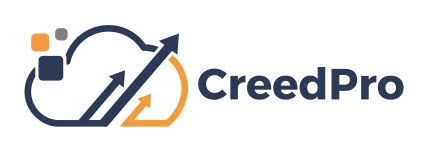01 Jul Cut Microsoft License Costs
Expense management is at the center of every well-managed organization. When assessing a Microsoft enterprise license requirements, most organizations struggle to achieve an accurate inventory which results in unnecessary spending.
It is always a challenge to know exactly how many users and devices there are accessing applications and resources on your network that require a Microsoft licenses. Most enterprises struggle to achieve a current inventory which is a fundamental requirement. Even Microsoft staff have a hard time keeping up with licensing requirements because it seems to change every 6-12 months.
Knowledge is power
An accurate inventory of both users and devices is the first step. Knowing this information will give you negotiating power with Microsoft when it comes to software renewals, Software Assurance (SA) and avoid paying for unnecessary services you don’t need.
Below are a few of the core areas we assess as part of our Microsoft EA audits.
Employee Headcount
Knowing who has access to resources can be determined via Active Directory (AD) user. This is how you count the number of employees with access and is the most basic way of demonstrating your Client Access Licences (CAL) requirement.
We see that problems occur when the AD user list is not audited regularly. Taking an accurate count is dependent on efficient control and management of the AD user list. The process we go through for our clients is removing inactive accounts, disabling users who no longer require access, and categorizing ‘non-employees’ for example contractors.
Guest access
Yes, guests count too. Even non-employees, such as contractors, may require a license depending on your contractor agreement and the resources they are accessing on your network. This a commonly overlooked area that can dramatically impact license costs.
Devices
AD is the default route to count devices on your network. Under an Enterprise Agreement (EA) you will need to define the number of devices access server-based applications and resources on your network(s).
SQL Server
Another very important aspect of the audit is around SQL Server licensing rules that are often considered to be the most complicated and have changed multiple times. This is in addition to usage changes. The inability to identify and scrub the licensing models from your SQL based applications often leads to significantly license costs.
SQL Server profiling is not a simple task. You must know which questions to ask that will generate an accurate SQL Server picture. For example, deployed licensing model and mobility.
Mobility – The most overlooked!
It’s not just SQL Server that might need the mobility option via SA. Computing resources are constantly changing, examples include:
- Mobility within the datacenter – servers being moved around.
- Mobility within the cloud – servers in someone else’s datacenter.
- Mobility from 3rd party devices – accessing a Virtual Desktop from a non-corporate device ( home PC).
These examples carry an SA requirement and need to be adequately licensed and counted.
Take Away
Staying on top of these ‘basic’ data types to obtain a clear view on how users, devices, and different environments in the business are using licenses is a starting point for an accurate license count. By auditing of this environment, you can prevent over-purchasing and ultimately optimize your license spend.
If you need help with your Microsoft licensing estate please contact Mike Hughes at 844-609-9645
.



